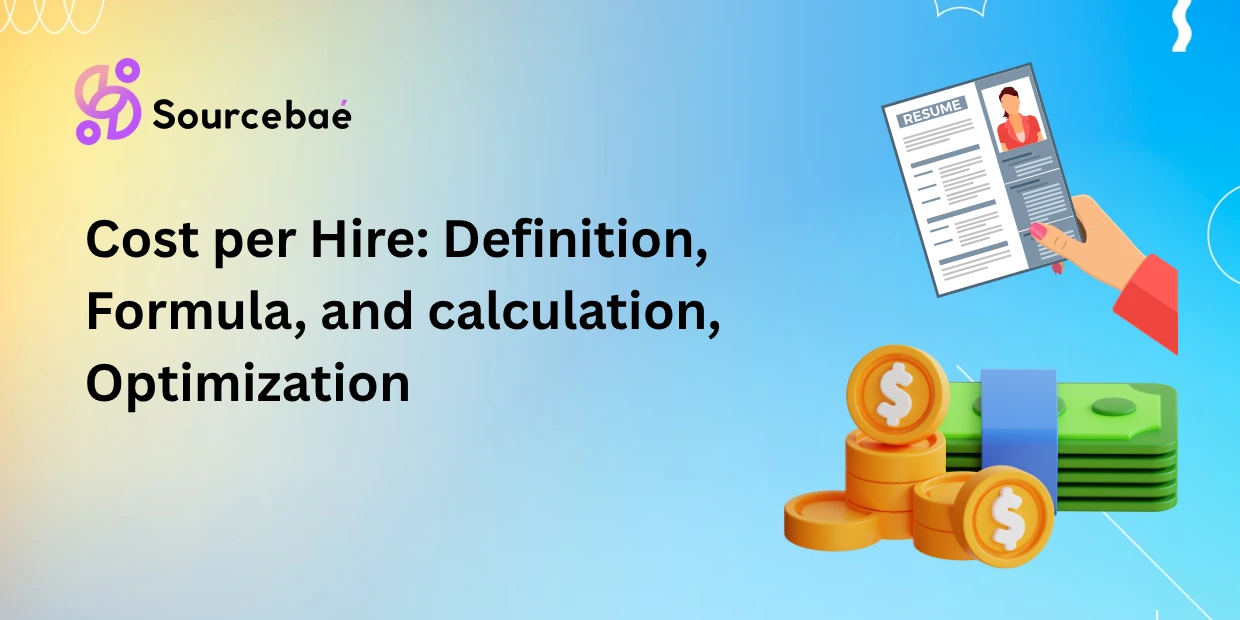In today’s rapidly evolving digital landscape, web applications have become an integral part of our daily lives. Whether you’re tracking the weather, searching for the latest news, or simply browsing social media feeds, the seamless retrieval of data from APIs (Application Programming Interfaces) is what makes these applications so dynamic and interactive. JavaScript, the versatile and omnipresent programming language of the web, empowers developers to fetch and display data from APIs effortlessly. In this article, we’ll delve into 7 JavaScript methods that enable you to retrieve data from APIs seamlessly, catapulting your web applications to new heights of interactivity and engagement.
JavaScript: The Backbone of Dynamic Web Applications
Before we dive into the methods, let’s take a moment to appreciate the role of JavaScript in shaping modern web applications. With its ability to run on both the client and server sides, JavaScript has emerged as the backbone of dynamic and responsive web development. It enables developers to create applications that not only display static content but also interact with external data sources through APIs, making user experiences richer and more personalized.
Fetch API: Your Gateway to Data
The fetch() method, introduced in ES6, revolutionized the way data is retrieved from APIs. With its simplified syntax and promise-based nature, fetch() allows you to initiate requests and handle responses effortlessly. Let’s take a look at how it works:
fetch('https://api.example.com/data')
.then(response => response.json())
.then(data => {
// Handle the retrieved data
})
.catch(error => {
// Handle errors
});By chaining .then() methods, you can process the response and manipulate the data according to your application’s requirements. This method is widely supported and has become the standard for fetching data.
Axios: The Promise-Based Powerhouse
Axios is a popular JavaScript library that simplifies HTTP requests, including API calls. Its promise-based architecture and streamlined syntax make it a favorite among developers. To use Axios, include the library in your project and start fetching data:
axios.get('https://api.example.com/data')
.then(response => {
// Access response.data for the retrieved data
})
.catch(error => {
// Handle errors
});Axios provides additional features like request cancellation, interceptors, and automatic JSON parsing, making it a versatile tool for fetching data seamlessly.
XMLHttpRequest: The Classic Approach
Although newer methods like fetch() and Axios have gained popularity, the classic XMLHttpRequest object is still relevant and can be used for fetching data. While it involves more verbose syntax compared to modern methods, it offers cross-browser compatibility:
const xhr = new XMLHttpRequest();
xhr.open('GET', 'https://api.example.com/data', true);
xhr.onload = function() {
if (xhr.status === 200) {
const data = JSON.parse(xhr.responseText);
// Process the data
}
};
xhr.onerror = function() {
// Handle errors
};
xhr.send();jQuery AJAX: Simplified Data Retrieval
For developers familiar with jQuery, the AJAX method provides a straightforward way to fetch data from APIs. jQuery abstracts the complexities of XMLHttpRequest and offers a concise syntax:
$.ajax({
url: 'https://api.example.com/data',
method: 'GET',
success: function(data) {
// Utilize the fetched data
},
error: function() {
// Handle errors
}
});jQuery’s AJAX method encapsulates the process of sending requests and handling responses, making it a convenient choice for fetching data seamlessly.
Fetch with Async/Await: Enhancing Readability
ES8 introduced the async/await syntax, which further simplifies asynchronous operations like API calls. By combining fetch() with async/await, you can create code that reads almost synchronously while maintaining the benefits of asynchronous behavior:
async function fetchData() {
try {
const response = await fetch('https://api.example.com/data');
const data = await response.json();
// Process the data
} catch (error) {
// Handle errors
}
}The async/await approach enhances code readability and maintainability, especially when dealing with multiple asynchronous operations.
Using Promises for Custom API Requests
While methods like fetch() return promises by default, you can also create custom promises for more complex scenarios. This approach allows you to encapsulate the logic of fetching data and error handling, making your code more modular:
function fetchDataFromAPI(url) {
return new Promise((resolve, reject) => {
fetch(url)
.then(response => {
if (response.status === 200) {
resolve(response.json());
} else {
reject('Error fetching data');
}
})
.catch(error => {
reject(error);
});
});
}
// Usage
fetchDataFromAPI('https://api.example.com/data')
.then(data => {
// Process the data
})
.catch(error => {
// Handle errors
});Using GraphQL for Precise Data Retrieval
While the previous methods focused on traditional REST APIs, GraphQL offers a more flexible and efficient way to retrieve data. With GraphQL, you can specify exactly what data you need, reducing over-fetching and under-fetching:
import { request, gql } from 'graphql-request';
const query = gql`
{
user(id: 123) {
name
email
}
}
`;
request('https://api.example.com/graphql', query)
.then(data => {
// Access data.user for the retrieved information
})
.catch(error => {
// Handle errors
});GraphQL’s query-driven approach empowers developers to retrieve data with precision, improving application performance.
Frequently Asked Questions
Q: Can I use multiple methods to fetch data within a single application?
A: Absolutely! In fact, using different methods for different scenarios can optimize your application’s performance and maintainability. Choose the method that best fits each use case.
Q: Are these methods limited to fetching JSON data?
A: While these methods are commonly used for fetching JSON data from APIs, you can fetch other types of data, such as XML or plain text, by adjusting the response processing logic accordingly.
Q: Is GraphQL suitable for all types of applications?
A: While GraphQL offers advantages in terms of data precision and efficiency, its implementation might be more beneficial for larger, more complex applications where data needs are diverse and specific.
Q: How can I handle authentication when fetching data?
A: Many APIs require authentication to access data. You can include authentication headers or tokens in your requests to ensure secure data retrieval.
Q: Can I fetch data from APIs in a server-side environment?
A: Absolutely! While this article focused on client-side fetching, you can also use these methods in server-side environments like Node.js to retrieve and manipulate data before sending it to clients.
Q: Are there any performance considerations when choosing a fetching method?
A: Performance considerations can vary depending on factors like network latency and the volume of data being retrieved. It’s a good practice to monitor and optimize your application’s performance based on real-world usage.
Conclusion
Embracing the power of JavaScript in fetching data from APIs empowers developers to create web applications that deliver a seamless and dynamic user experience. Whether you’re using the simplicity of fetch(), the versatility of Axios, or the precision of GraphQL, these methods open a world of possibilities for building engaging and interactive applications. As you explore these methods and integrate them into your projects, you’ll witness firsthand how data retrieval becomes a cornerstone of your application’s success. So, why wait? Start harnessing the potential of these methods today and embark on a journey of creating data-rich web applications that captivate and delight users around the globe.
SOURCEBAE; HIRE REACT DEVELOPER





